The mass killing of young children at Newtown, CT's Sandy Hook elementary school two weeks ago has revived the debate over gun violence and gun control. Unfortunately, that could prove to be a mixed blessing for our nation's schools. While highly publicized and horrific, of course, these "spectacle" killings are extremely rare. This year, only 33 of the 50,000 violent deaths recorded annually occur in school settings. And, in recent years, the number of those incidents has actually declined.
People still remember the deadly incident at Columbine High School, where Dylan Klebold and a co-assailant, who'd reportedly become addicted to violent video-games (leading to a spate of failed lawsuits against the companies that produce the games), gunned down 12 fellow students and a teacher before taking their own lives. But that was almost two decades ago. The last major school killing, at Virginia Tech, which claimed 32 lives, occurred over 5 years ago. Despite all the hype and the rhetoric, there is no actual "epidemic" of school shooter violence in America today.
Of course, 33 violent deaths annually are 33 too many. No one should minimize the psychological trauma that such incidents can cause, and not just to the immediate families, but to entire school communities. However, there's a danger that in our rush to highlight -- in part, to hopefully eliminate -- what is, in fact, statistically speaking, at least, an extreme outlier problem, we will shift too much attention away from the more day-to-day challenges that threaten the safety and sanctity of our schools.
These challenges are manifold and overlapping. They include physical assaults, bullying, sexual abuse, gang violence, and suicide. Most of these incidents don't involve the use of guns, per se, but they, not school shootings, are the ones that leave many students attending their classes in abject fear, daily undermining the integrity of schools as learning centers.
Last August, I helped the U.S. Department of Education report on discussions among its key stakeholder groups about school violence and safety. There was some mention about the need to improve emergency response procedures in the event of a school shooting, as well as trauma relief for students, teachers, and first responders. However, most of the attention was focused on improving the "social and emotional" climate of the schools, as well as the need for better trained, and more numerous school safety officers, the often poorly trained and poorly funded personnel that are supposed to monitor school entry and respond quickly to fights and other disturbances to keep them from escalating into more violent incidents.
Not one person in attendance mentioned banning assault weapons or instituting some form of gun control as a school safety measure. To be fair, I don't recall hearing anyone suggest that the schools needed -- as the NRA has recently suggested -- more armed guards, either. However, there was a clear sense in these discussions that the main safety problems in the schools were internal and endemic to school institutions and culture, not an intrusion from without. It isn't so much new legislation the schools need; it's more money to fund anti-violence education programs, as well as more high-level support from school administrators to assess such things as the burn out rate among teachers as well as the long-term effects of trauma from simply trying to survive the high stress environments that so many schools have become.
There was considerable discussion last August of the advances that schools have made of late in an area of school life that until recently was considered a true epidemic: bullying. It's still a huge problem, and in many ways, the problem has merely shifted out of the classrooms and hallways and playgrounds to social media websites. But the incidence of bullying has declined, it appears, largely because parents have started suing, and threatening to sue, schools over their failure to protect their children from abuse. Schools pay attention when parents organize, but like the Catholic Church, perhaps, nothing gets the attention of school administrators more than the threat of huge and embarrassing payouts that could cripple their operating budgets.
Who knows, it may take very similar parental initiatives to make progress in the area of ensuring basic school security. But that assumes that parents, especially in upper middle class suburbs like Newtown, actually want to take the steps advocated by federal authorities to make their schools more secure. Instituting commonsense procedures and design safeguards that make it next to impossible for school shooters to enter the building in the first place is key -- for example, having metal doors that lock and can't be breached with firearms, as they were in Newtown, is one obvious measure -- but suburban parents need to abandon the thinly-veiled racist pretense that their schools are somehow "above" such measures, or that they will become "urban prison schools" if they implement them.
Hopefully, then, the new presidential task force to be chaired by vice president Joe Biden will cast its net widely and intelligently in its search for solutions to gun violence. In the case of school violence, though, it might help if we actually kept the focus squarely where it belongs: on the schools.